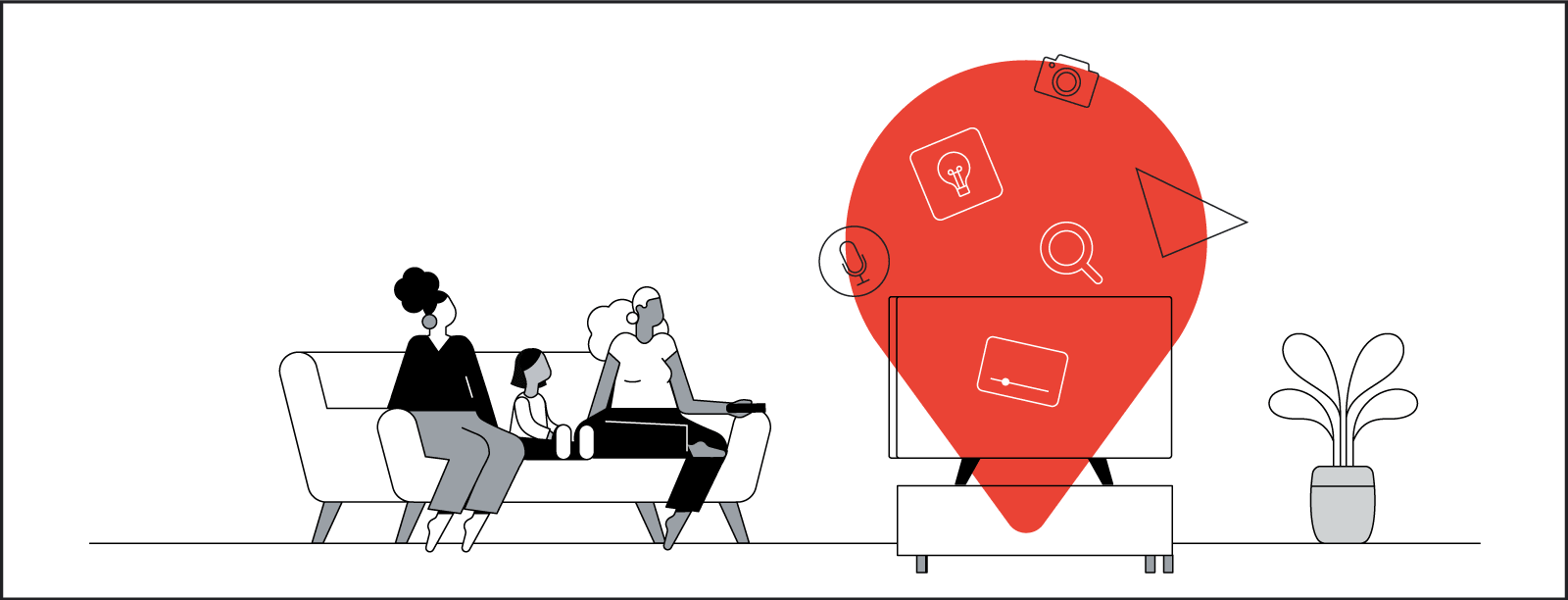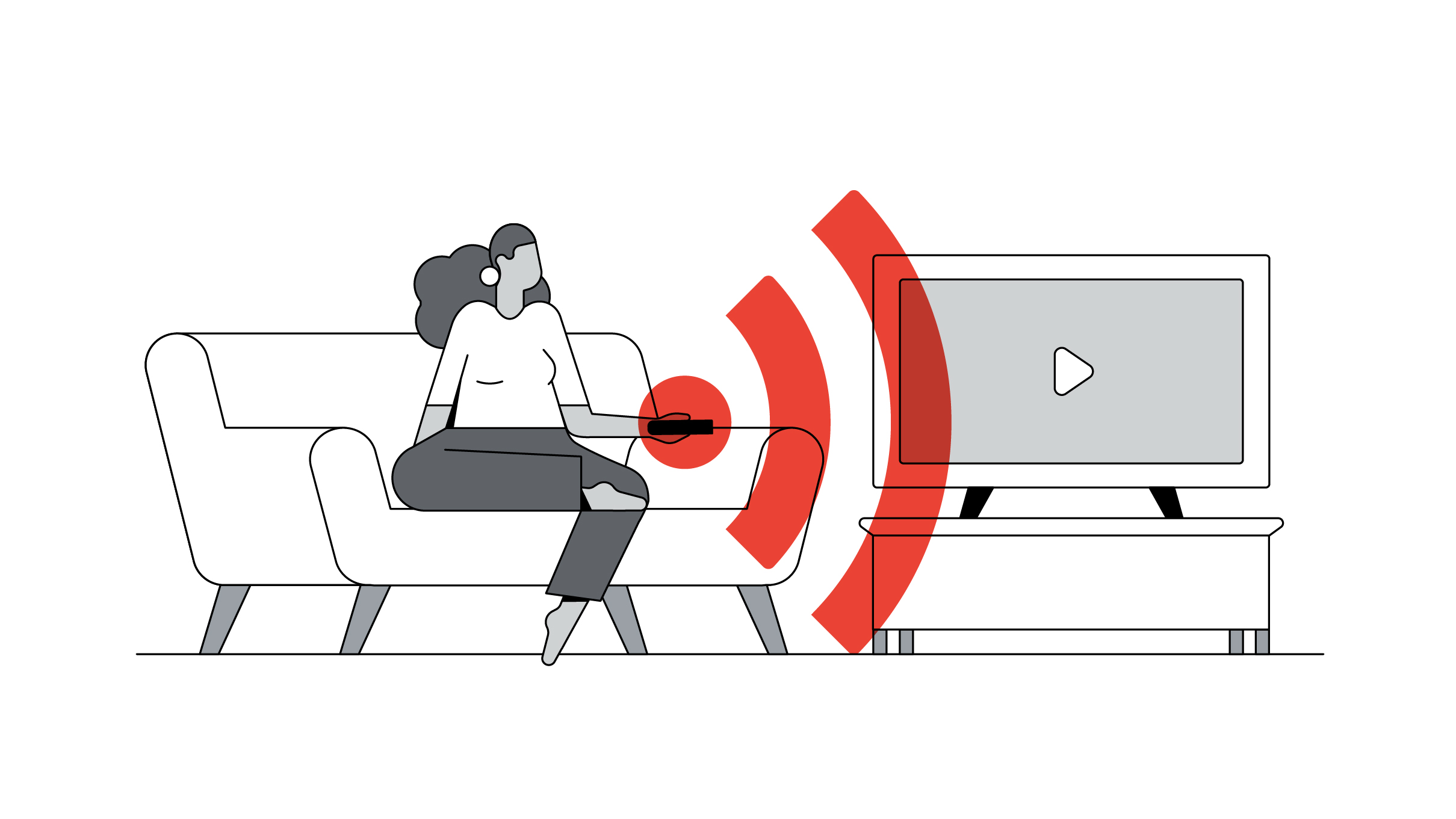
The pandemic has led to a lot of changes in how people behave. Many of us are now left wondering, “What should we take away for the future? What was just a product of the moment, and what’s going to continue to matter?”
One way of answering these questions is to turn to YouTube, a platform on which many of these changes play out and where people are watching more videos than ever, particularly on TV screens. That’s exactly what a team of YouTube trends analysts did when they created the YouTube Culture and Trends Report.
In it, they explore the viewership, content, and creative trends that have emerged around the world over the past year. What they found repeatedly pointed to one thing: the increasing indispensability of video in people’s lives, primarily for a sense of connection. Here’s more about what they learned.
Lesson 1: Live and simultaneous viewing help people gain a sense of community
As countries around the world went into lockdown, the small connections that made people feel part of a community — the random chat with a stranger at a mutual friend’s wedding, the banter with other fans while watching your sports team play — all but disappeared.
It’s not surprising, then, that people turned to online video to fill this gap. Watching videos with others, whether physically or in the virtual world, heightens immediacy, generating a stronger sense of connection.
We saw this trend play out in the explosion of live stream events, as viewers continued to seek out ways to be together. In fact, 85% of people have watched a live stream over the past 12 months,1 including events like weddings on the collective Korean channel Wootso and NASA’s Perseverance rover landing on Mars, which garnered more than 2 million peak concurrent viewers and 22 million all-time playbacks.2
Watching videos with others, whether physically or in the virtual world, heightens immediacy, generating a stronger sense of connection.
Major musical artists also drew bigger audiences than ever with more intimate performances. Among YouTube’s top music live streams were artists like Brazil’s Marília Mendonça, whose living room singing sessions broke YouTube’s music live stream record with 3.3 million peak concurrent viewers.3
Streams of lo-fi hip-hop beats have also become gathering places for people looking to focus or relax together. Lofi Girl emerged at the center of this phenomenon; her channel has amassed over 930 million streams from people turning to her for company.4
But videos don’t have to be live to generate a sense of togetherness. Simultaneous content — where viewers can follow along while their favorite creators do prerecorded activities — creates similar feelings of community. “With me” videos, for example, garnered over 2 billion views globally in 2020.5 Clean with me, decorate with me, or study with me are a handful of ways viewers have been creating community through company.
Even when they aren’t following along live or simultaneously, video can help turn private experiences into social ones. People are streaming on TV screens more than ever before, and 67% watch YouTube content on a TV while others are in the same room.6 A big motivation is the concept of introducing something to someone else, as 79% say they achieve deeper connections when they watch YouTube with others.7

The idea of using real-time experiences to transform the personal into the communal sits at the heart of these examples, and represents new creative opportunities to meet audiences where they are and serve their evolving needs.
Lesson 2: As boundaries between public and private collapse, video viewers seek out relatable content
Over the past year, as our homes became offices, virtual schools, and day care centers, the once clear line between our public and private lives disappeared. In turn, people felt less pressure to project unrealistic images of their lives and grew to expect the same of their favorite creators and the content they produced.
As late-night talk shows adapted to the pandemic, many of TV’s biggest stars started to seem like YouTubers, with the numbers to show for it. The Daily Show, an American news satire program, saw its YouTube viewership grow 45% in 2020 versus the year before.8 These relatable formats also helped rebrand chess. In India, comedian Samay Raina began streaming games that helped casual chess content — once the stereotype of elitist intellectualism — dramatically grow in popularity, with over 330 million chess-related views in India in under nine months.9 Globally, we saw views of chess-related content grow by over 100% in the past year.10
The winners in the world of video are those who manage to break the fourth wall and pull audiences in with their relatability.
With so many people making videos themselves, there are new opportunities to “speak the same language” as viewers in ways that make them feel closer and more connected to your art, brand, or passion. For example, MrBeast, the top U.S. YouTube creator of 2020, amassed over 1 billion video views in just one month.11 While the topics of his videos are extravagant in nature, his superpower is his authentic approach, which seems to generate a goodwill and positivity that people deeply relate to.
In a world where the barriers between public and private have collapsed, the winners in the world of video are those who manage to break the fourth wall and pull audiences in with their relatability.
Lesson 3: Immersive videos encourage togetherness
Using multisensory media to immerse the viewer in an experience is more popular than ever, as digital video pushes beyond expected audiovisual conventions and becomes more experiential.
While ASMR videos may jump to mind, other sensory formats like audio-first or first-person formats have emerged, such as video podcasts and cinematic first-person videos.
The term “first-person video” is actually borrowed from gaming, where first-person perspectives help create a feeling of immersion in the action or story. One example is Dream SMP, also called “Minecraft Hamilton,” a gamer-built world and roleplay-themed server with an improvisational plot starring amateur storytellers. Videos related to Minecraft and with “Dream SMP’’ in the title have accumulated over 2 billion views since May 2020, making it the most popular entertainment phenomenon of the past six months.12
Using multisensory media to immerse the viewer in an experience is more popular than ever, as digital video pushes beyond expected audiovisual conventions.
Participating in video memes and trends has also become a popular form of immersive social entertainment. There are dance trends like the Jerusalema challenge, which started in South Africa and became a hit among health care workers in Sweden, earning over 600 million views along the way.13 Singers around the world also took a 17th-century sea shanty and elevated it to pop culture status, turning a little-known British folk group into something bigger. In every instance, the individual participants became a part of the experience, not just consumers of it.
All of these trends speak to the ability for digital video to connect people and become participatory. And while they may have been spurred by our needs during quarantine, their popularity suggests they are here to stay.
The human need for connection
Feeling connected is a core human need, and the rapid adoption of video as a tool to help meet that need shows how indispensable this medium has become for so many people.
Creating a sense of community, relatability, and participation are all shortcuts to help people feel more connected, and by doing this, there is an opportunity for brands to use their creativity and entertainment to bring a deeper level of value to our lives.






